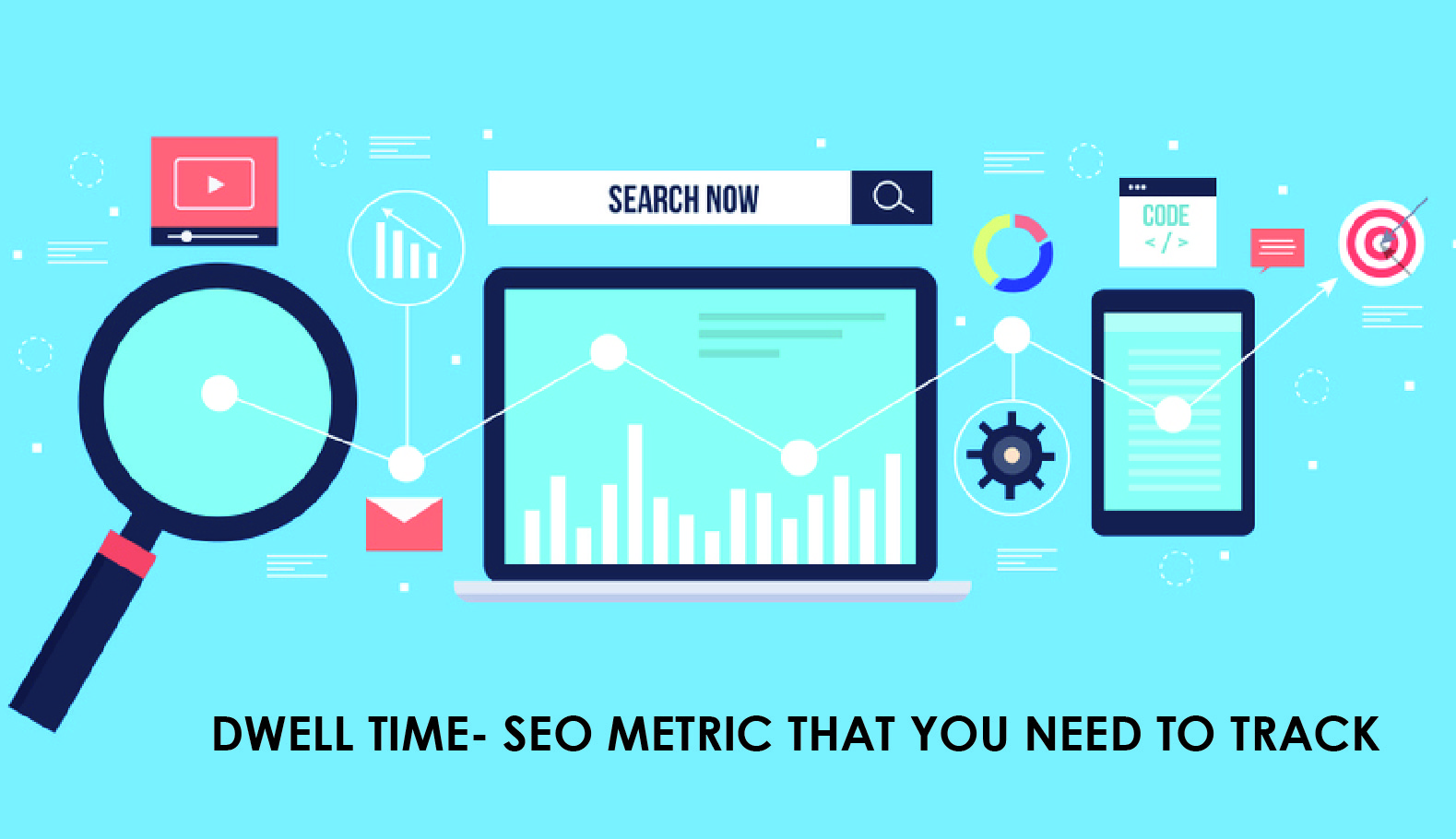When you talk about SEO metrics, you focus mainly on the demographics. You emphasize more on questions like, who is visiting your site, which location they belong and what are their interests? Answers to these questions help you make informed decisions about your online business campaigns which are tailored according to your customers’ interests. Dwell time is one such crucial SEO factors that enable your site to rank high in the search engines.
What is Dwell Time?
Dwell time is that metric which runs through the search engine results pages or SERPs. It is the total time you spend reading those web pages before you go back to the search engine to check the other results. You might have done this innumerable times, most likely. Dwell time is that brief moment you take to evaluate the website you just clicked to visit. It either immediately provided you the required answer or was a complete failure so that you press the back button instantly. If you make use of search engines then you are racking up dwell time without even knowing about it. The significance of this metric to a search engine is obvious as more is the time users spend on the page they clicked to visit, higher will be the possibility that page satisfied their needs.
Some Misconceptions about Dwell Time
Dwell time is one of the metrics which often gets referenced in articles, conference presentations and on social media but sadly, it is misunderstood by some professionals in the SEO community. Here are some points which will clear the misconceptions about dwell time:
- Dwell Time Is NOT Bounce Rate
A bounce occurs when a user views only one webpage and leaves your website.
- Dwell Time Is NOT Average Time on Page
Average time on page means the average amount of time the users spend on a single webpage.
- Dwell Time Is NOT Session Duration
Session duration is a metric that measures how long the users spend on your website.
- Dwell Time Is NOT Click-Through Rate
Click-through rate is the total percentage of users who clicked the link to your page out of all the users who saw that SERP.
- Dwell Time Is NOT RankBrain
RankBrain is a metric which gathers data from the interactions of users with the search results, not the interaction they have with the piece of content.
Hopefully, you might have understood by now what dwell time is and what it is not. You cannot measure dwell time with any third-party tool. Only the search engines are capable of accessing dwell time.
Benefits of Tracking Dwell Time
- Dwell time can show the marketers if their pages are capturing user attention and satisfying the needs of browsers. This metric has the potential to guide you on what to avoid and what to include on the web pages.
- It can lead to clues about enhancing UX. For instance, if your webpage has slow loading time, it is reflected in dwell time metrics. The users might exit your webpage when it takes too long to load.
- Dwell time is correlated with other important metrics such as bounce rate and time on site. By improving your dwell time, you can decrease your bounce rate and increase the average time on site. Thus, this metric can lead to important decisions you take for your site in order to improve your ranking.
How to Increase Dwell Time?
Here are some factors that can help to improve the dwell time:
- Focus on quality web content by including in-depth articles and blogs which tell everything about the topics
- Use interactive slides, videos and showcase studies
- Adopt better tactics of user engagement
- Use logical internal linking
- Focus on online presence
You know, there is nothing much clarified about which metrics do search engines take into consideration but if there is a metric which it is considering to qualify your content quality then it will be dwell time. Thus, dwell time is one of the most essential metrics which need to be tracked when it comes to SEO or content sharing on social network.




